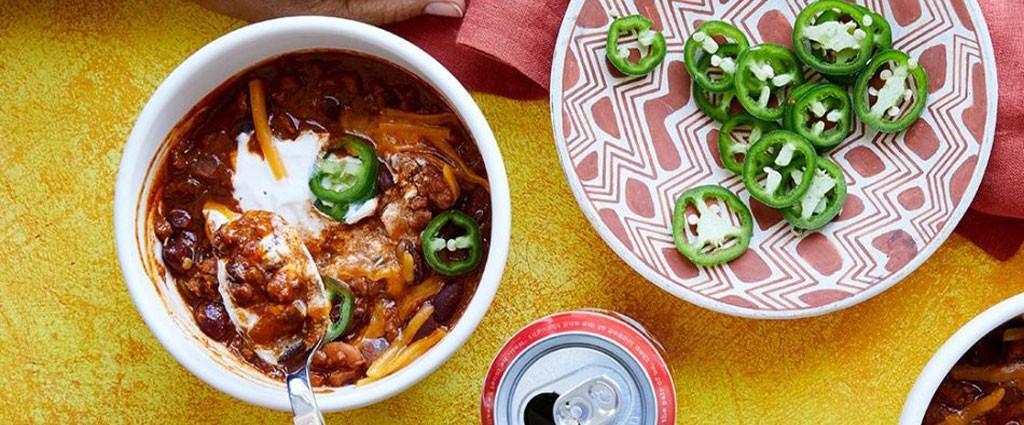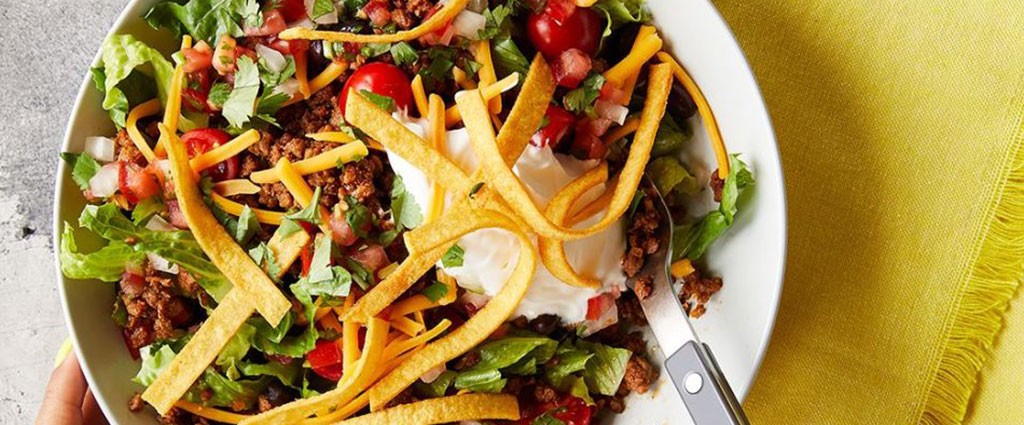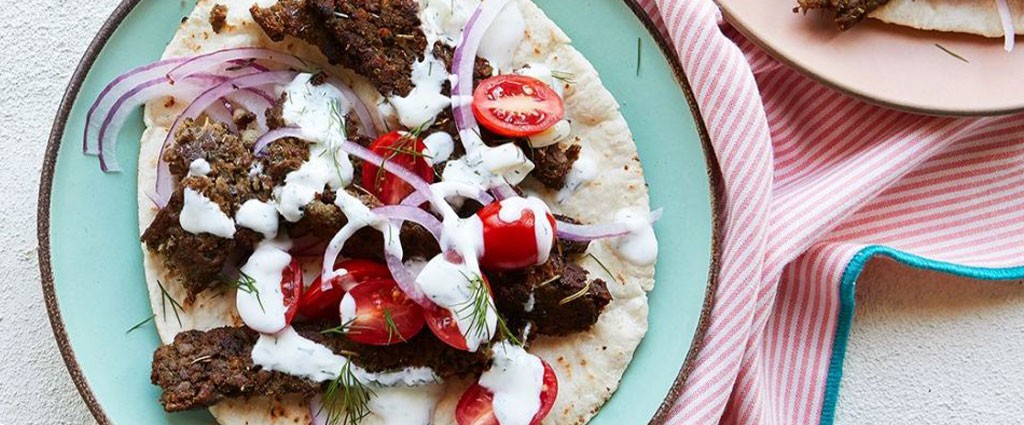What’s in an Impossible™ Burger?
Here’s the science behind Impossible Foods’ meat made from plants.
BY MEGHAN RABBIT
As plant-based diets continue to grow in popularity across the country, it’s no surprise that the delicious Impossible™ Burger — the flagship product from Impossible Foods — is showing up everywhere. (You can now find Impossible Burger in thousands of restaurants and grocery stores in all 50 states including Kroger, Albertsons, Fred Meyer, Safeway, Smith’s, Walmart and many more!) And whether you’ve been following a plant-based diet for as long as you can remember or are a hardcore meat-lover, there’s a good chance you’ll ask an important question when shopping this popular meat: What’s in the Impossible Burger that makes it so delicious?
TRY THESE IMPOSSIBLE™ RECIPES
What are some of the key ingredients?
When it comes to creating a plant-based burger that has an impressive flavor—as well as a similar texture and appearance as animal meat—Impossible Burger’s plant-based patty has a number of key components:










Share this Post